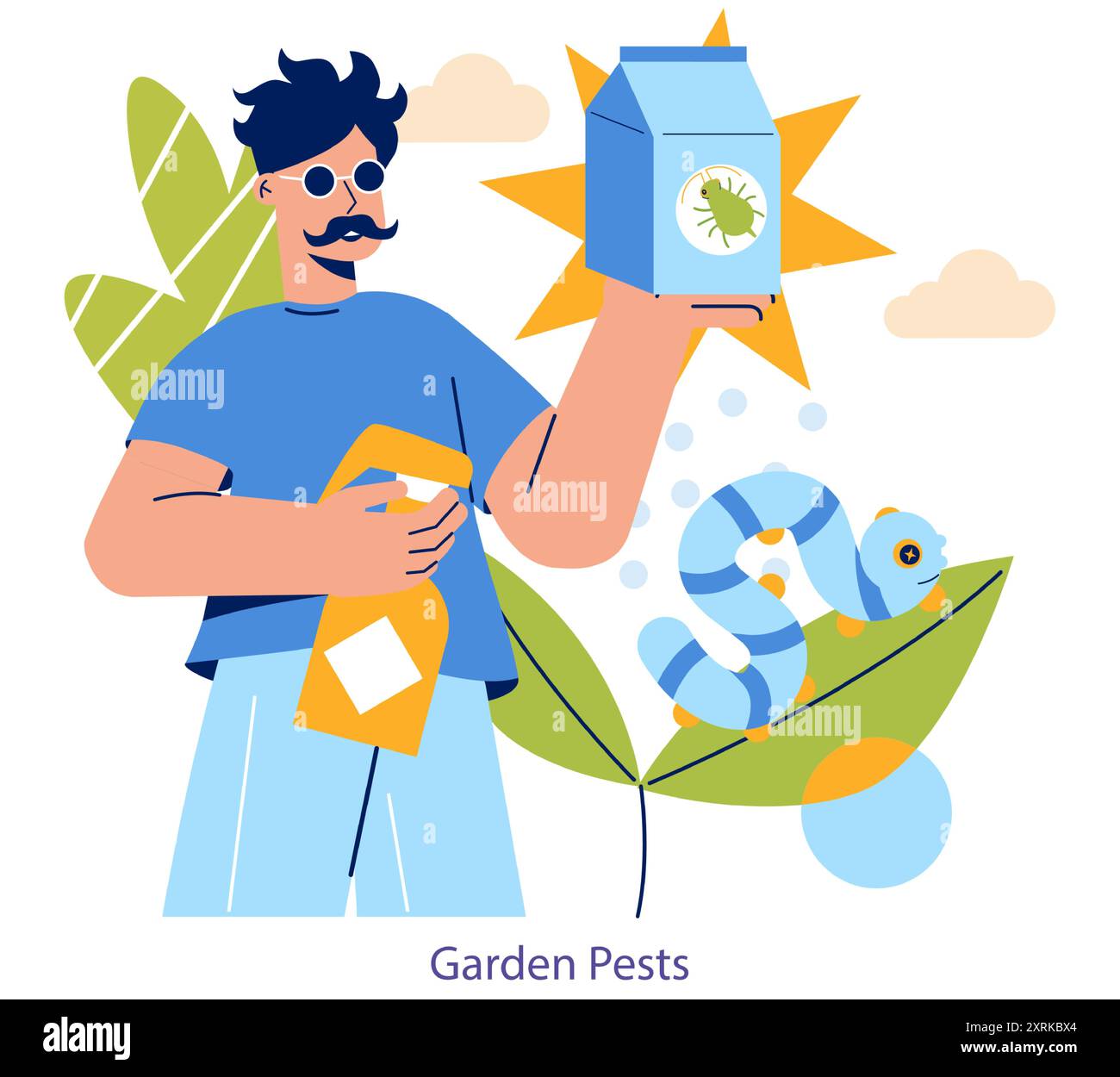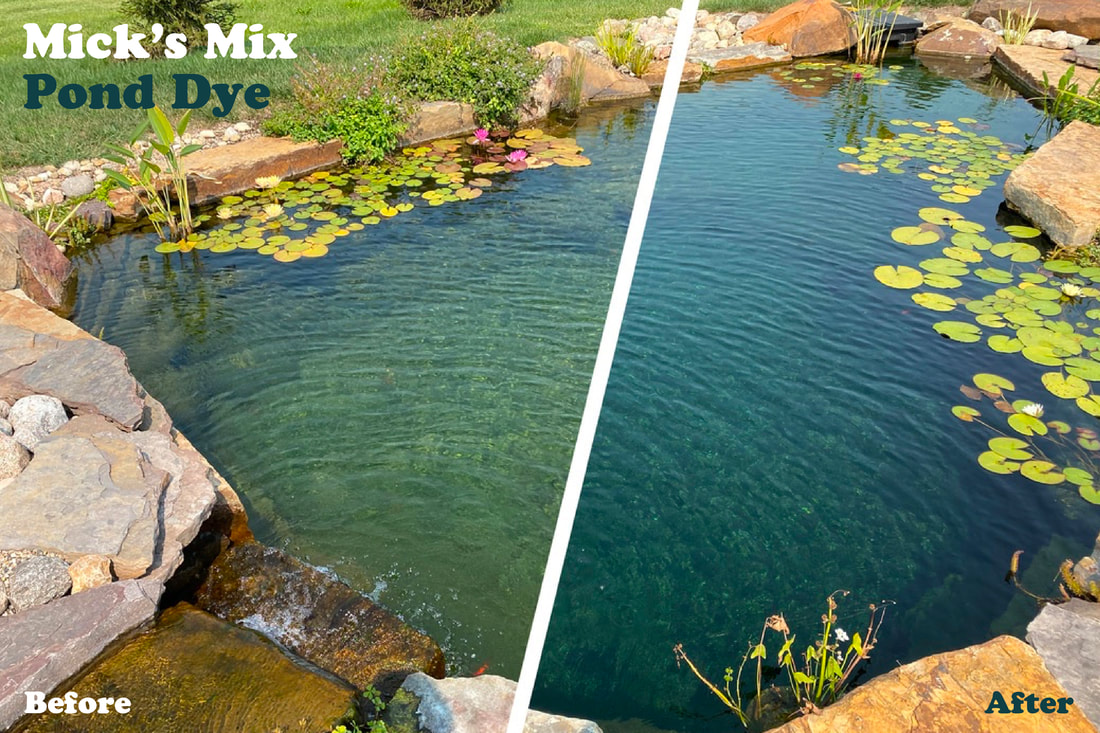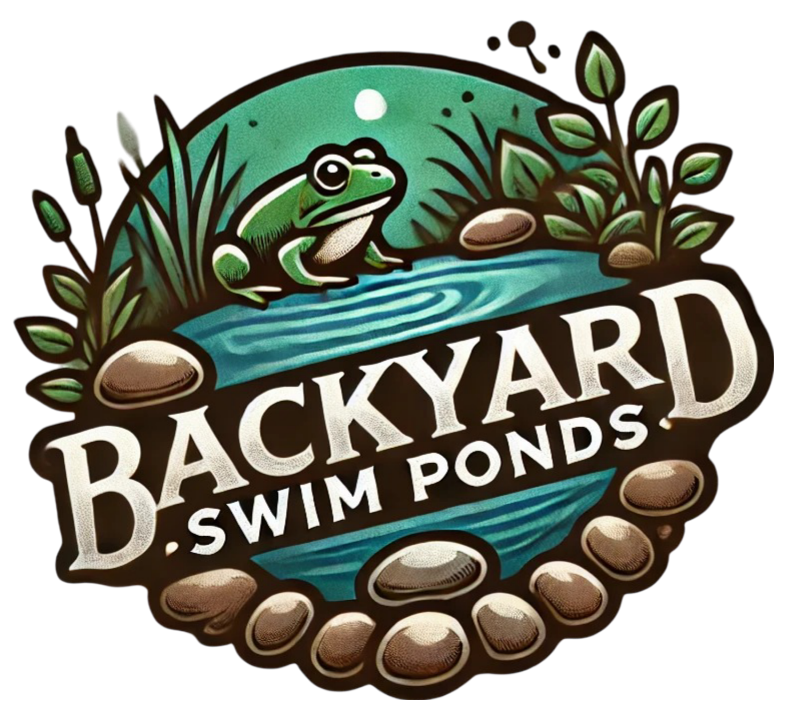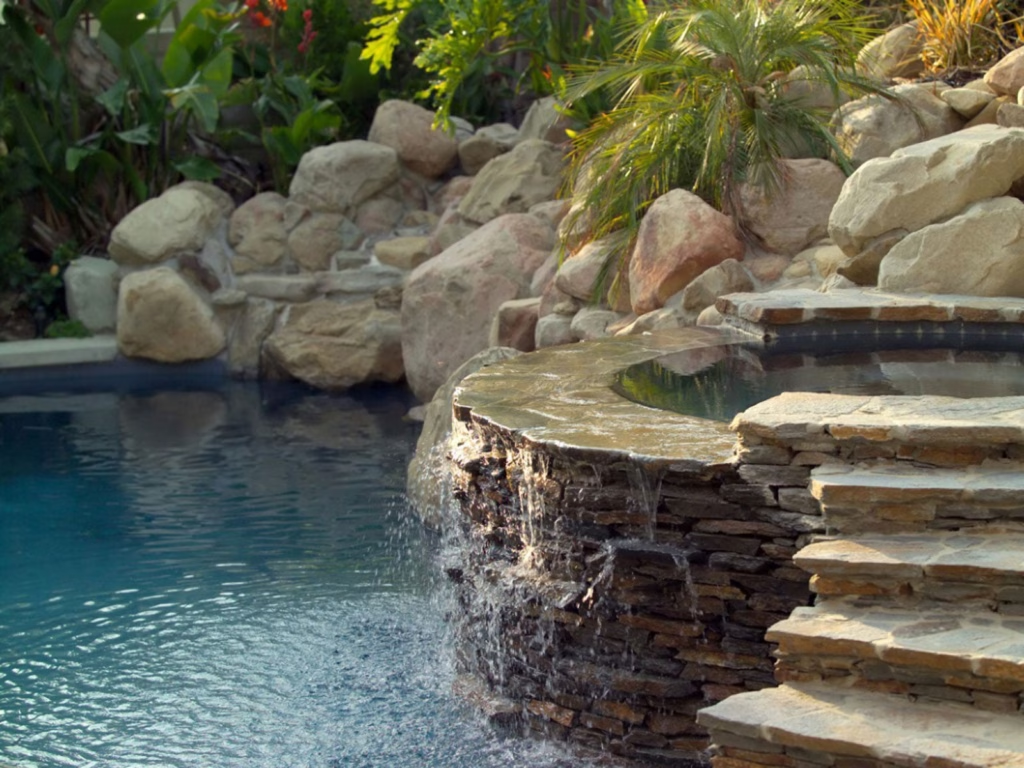Transforming Your Garden into an Edible Oasis
Integrating edible swim ponds into residential landscapes has gained traction among eco-conscious homeowners and landscape designers. These innovative ecosystems provide an opportunity to blend aesthetics with functionality, offering a sustainable source of food. An edible swim pond combines the beauty of traditional ponds with the utility of a vegetable garden, allowing for both recreation and the cultivation of edible plants.
The idea behind an edible swim pond centers on dual usability. Homeowners can enjoy swimming and relaxation in natural waters while simultaneously harvesting fresh produce, such as watercress and blueberries, from the surrounding garden. This dual purpose promotes sustainable practices, enabling individuals to grow their food and reduce reliance on store-bought produce. Through careful planning, homeowners can significantly lower grocery expenses by cultivating seasonal produce right at home.
Sustainability is a vital consideration in the design of these ponds. Incorporating native plants and natural filtration systems allows owners to maintain water quality without the use of harsh chemicals often found in traditional pools. Features like wetland filtration zones not only provide habitats for local wildlife but also absorb excess nutrients, enhancing the health of the entire ecosystem.
Ultimately, an edible swim pond serves as an opportunity to create a beautiful, functional, and sustainable landscape. It contributes to biodiversity, supports local ecosystems, and fosters communities through homegrown food. By integrating an edible swim pond into garden designs, homeowners play an active role in promoting a sustainable future while reaping the numerous benefits of their edible oasis.
Image of a beautifully landscaped edible swim pond alongside a traditional swimming pool to compare aesthetics and space usage:
Description (Source: Monrovia)
Choosing the Right Plants for Your Pond Paradise
Selecting the right edible aquatic plants is crucial for the success of an edible swim pond. Several species are particularly well-suited to thrive in temperate climates, providing delicious options for home cooking.
Watercress (Nasturtium officinale)
Watercress is a hardy plant that flourishes in shallow, flowing water. It thrives best in temperatures between 50-60°F (10-15°C) and a pH range of 6.5-7.5. Known for its peppery taste, watercress enhances salads and garnishes, delivering nutritional benefits rich in vitamins and minerals. However, it is considered invasive; therefore, growing watercress in containers is advisable to prevent uncontrolled expansion.
Water Chestnut (Eleocharis dulcis)
Another effective choice for edible swim ponds is the water chestnut, which grows optimally in shallow waters up to 12 inches deep. Preferring full sun and a long growing season, water chestnuts provide a crunchy texture that complements stir-fries and salads.
Pickerel Rush (Pontederia cordata)
This plant not only adds visual interest with its striking blue flowers but is also edible. It thrives in water up to 18 inches deep and prefers sunny locations. Pickerel rush enhances biodiversity by attracting pollinators and other beneficial insects.
Other Considerations
While selecting edible plants, attention must be given to their growing conditions and seasonal persistence. Plants such as aquatic mint and water hawthorn are also suitable, each offering distinct culinary uses. Homeowners should research any potential invasiveness and ensure compliance with local regulations regarding plant introductions.
Image of edible aquatic plants suitable for temperate climates, such as watercress and duckweed:

Description (Source: Rare Seeds)
Creating a Balanced Eco-Friendly Filtration System
Maintaining water quality is essential for the health of an edible swim pond. Establishing an effective biological filtration system reduces the need for chemical treatments and fosters ecological balance.
Wetland Filtration Systems
Integrating a wetland filtration zone, which should cover approximately 15-30% of the pond area, is essential. This area should be populated with native aquatic plants that naturally filter excess nutrients and pollutants. Species such as water lilies, arrowhead, and iris make excellent choices for this purpose.
Mechanical Filtration
In addition to biological methods, mechanical filtration is vital. Installing skimmers to remove debris and using robotic vacuums for cleaning biofilm helps keep the pond clean and visually appealing.
Beneficial Bacteria and Nutrient Cycling
Utilizing beneficial bacteria in the filtration system is crucial for maintaining water quality. Seeding the biofilter with cold-water beneficial bacteria early in spring enhances the natural breakdown of waste material. Regular monitoring and testing ensure that crucial parameters, such as pH and ammonia levels, remain within acceptable ranges.
Regular Testing and Maintenance
Regular water quality tests, especially in newly established ponds, are crucial for managing water health. Ensuring that approximately 50% of the pool surface is covered with aquatic plants is essential for long-term vitality.
Image of a wetland filtration system infographic illustrating its layout and importance in maintaining water quality:

Description (Source: Ducks Unlimited Canada)
Pest Management Strategies for Your Edible Garden
Managing pests effectively is critical to the health of aquatic plants in edible swim ponds. Addressing common challenges with environmentally friendly solutions enhances ecosystem sustainability.
Common Pest Challenges
Common pests, such as aphids and snails, can threaten aquatic plants like watercress. Excessive algae growth may also compete for nutrients, adversely affecting the health of edible plants in the pond.
Integrated Pest Management Strategies
Employing integrated pest management (IPM) techniques is an effective approach to pest control without reliance on chemicals. Introducing beneficial insect species, such as ladybugs, can help stabilize aphid populations. Additionally, using natural pesticides like neem oil can deter soft-bodied pests.
Non-Chemical Solutions
Physical methods, such as manually removing weeds and utilizing barriers to protect aquatic plants, present viable alternatives to chemical treatments. Implementing companion planting by integrating flowers that attract beneficial insects can further enhance biodiversity within the pond.
Image of an insect pest management illustration relevant to garden management strategies:

Description (Source: Alamy)
Understanding Legalities and Safety in Swim Pond Design
Designing an edible swim pond involves navigating various legal considerations and safety regulations to ensure compliance and public safety.
Permitting and Approvals
The construction of a swim pond often requires multiple permits. These can include building permits, environmental impact assessments, and specific permits for introducing aquatic plants. Homeowners should consult local regulations, as requirements vary widely.
Safety Requirements
Safety measures surrounding swim ponds—especially those designated for recreational use—typically include fencing and proper signage. Most jurisdictions mandate that fences be at least four feet tall and include a latched gate to restrict unauthorized access.
Water Quality Standards
Local health regulations frequently mandate regular water quality testing to prevent contamination. Monitoring key parameters, such as fecal coliform bacteria, is essential for ponds intended for human contact.
Compliance and Health Regulations
Understanding the legal framework for edible plants, particularly in relation to harvesting for consumption, is crucial. Compliance with local health department standards ensures that any edible crops grown in the pond meet safety guidelines.
Image illustrating a permitting process flowchart relevant to constructing swim ponds:

Description (Source: NOAA Fisheries)
Cost Analysis Traditional Pools Vs Edible Swim Ponds
Exploring the economic implications of edible swim ponds compared to traditional pools highlights the importance of assessing installation, maintenance, and long-term sustainability costs.
Installation Costs
The installation of traditional swimming pools can range from $30,000 to $65,000, depending on the type of pool and its features. In contrast, the cost of installing an edible swim pond can range from $50,000 to $100,000. Although initial investments are higher, the long-term savings on maintenance may compensate for these costs.
Maintenance Expenses
Annual maintenance for traditional pools can range between $1,000 and $2,000, while edible swim ponds typically incur maintenance fees that are about $500 lower. This difference is mainly attributed to reduced chemical utilization and reliance on natural filtration systems.
Sustainability Over Time
Long-term sustainability also plays a critical role in this analysis. Traditional pools are estimated to consume approximately 55,000 gallons of water annually, coupled with ongoing chemical treatments. In contrast, edible swim ponds are designed for efficiency, minimizing waste and thus reducing long-term expenses.
Summary of Financial Implications
Recognizing that edible swim ponds require higher initial investments but yield significant maintenance savings builds a solid case for their inclusion in residential landscapes. With proper planning and management, these ponds can yield returns within 7 to 10 years, factoring in usage and maintenance strategies.
Image showcasing the comparative costs between traditional swimming pools and natural swim ponds over time:

Description (Source: HomeGuide)
Conclusion Embracing Sustainable Landscaping with Edible Swim Ponds
In conclusion, edible swim ponds offer an innovative approach to gardening that seamlessly combines functionality, sustainability, and visual appeal. By adopting such designs, homeowners contribute positively not only to their personal gardens but also to the wider ecosystem.
The benefits of incorporating an edible swim pond extend beyond recreational enjoyment and food production, enhancing biodiversity and fostering a balanced ecosystem. By understanding viable plant options and effective maintenance strategies, homeowners can enjoy flourishing gardens that serve ecological and personal needs.
Furthermore, embracing sustainability translates beyond plant selection; it permeates design, maintenance, and adherence to local regulations. Addressing concerns such as pest management and water quality empowers homeowners to thrive in a vibrant garden that sustains both the environment and individual desires.
Ultimately, investing in an edible swim pond reflects a commitment to sustainable living, enabling individuals to engage in food production while fostering ecological diversity and creating attractive landscapes. The journey to cultivate an edible oasis unfolds with careful planning and intention, revealing endless possibilities for enriching living through nature and gardening.
Image of an edible swim pond with diverse plants and wildlife, highlighting the sustainability benefits:

Description (Source: Total Habitat)

